

Mohammad Abaei and Mohsen Jaafarnia (2015). Where Was the Destination of Black Stone Shipwreck: Comparative study on founded products in Iran and products of Black Stone. New Silk Road Program 2015, GCIDC2015 Conference Proceedings, 2015世界华人设计论坛会议论文, 收稿日期:2015年7月30日 3rd - 10th July, Changsha, China. The People Museum Journal , Volume 1, Issue 1, ISSN 2588-6517


Where Was the Destination of Black Stone Shipwreck: Comparative study on founded products in Iran and products of Black Stone
Mohammad Abaei
Department of Industrial Design,
Iran University of Science and Technology
Mohsen Jaafarnia
School of Design, Hunan
University, Changsha, China
Abstract:
Black Stone Shipwreck was one of the thousands of wooden ships plied a Sea Silk Road between Iran(Persia) and China, this research shows clearly the evidences which proof the Black Stone was coming from China, but since the destination is also important therefore we have propounded this question that “Where Was the Destination of Black Stone Shipwreck?”
Here we have traced to explore the destination of the discovered products of this sunken ship and we made this hypothesis that because of the design and patterns, the cargo were obviously produced for the Persia in light of their exotic design styles.
For this aim we used form of discovered products of the sunken ship, to find similar products in Iran and analyzed their designs to shout the truth of our hypothesis here.
For this aim, we have traced the evidences which we found in this research that proof the Black Stone were carried the cargo to Persia
Keywords: Changsha Kiln, Persia, China, Black Stone.
1. Introduction
Historians say that thousands of wooden ships plied a Sea Silk Road from the Iran (Persia) to China, braving long distances on white-capped seas. Scholars uncover clues and reveal the story of the wrecks, because historic wrecks are attractive, they preserve historical information and reenactments transport us back in time to an age of the legendary Sinbad the Sailor (which has got influences from the book of Soliman Sirafi, the Persian famous merchant and sailor of Siraf whom were traveling to China and India) but time and the water of ocean have destroyed evidences [1].
In the past, south kilns of China especially Changsha kiln was so active in exporting the products through the Sea Silk Road, but Changsha Kiln has never been recorded in any historical documents and has remained unknown to the world until 1978 when large numbers of its products in Changsha kiln site excavated and unearthed relics in 1978 &1983 [2]. Especially, when a ninth-century Black Stone shipwreck was discovered in the sea area of Indonesia in 1998, on which there were some 60,000 of well-preserved gold, silver and ceramic products which more than 80 percent of them were made by Changsha kiln. These unique products of the wreck are in Indonesia [3].
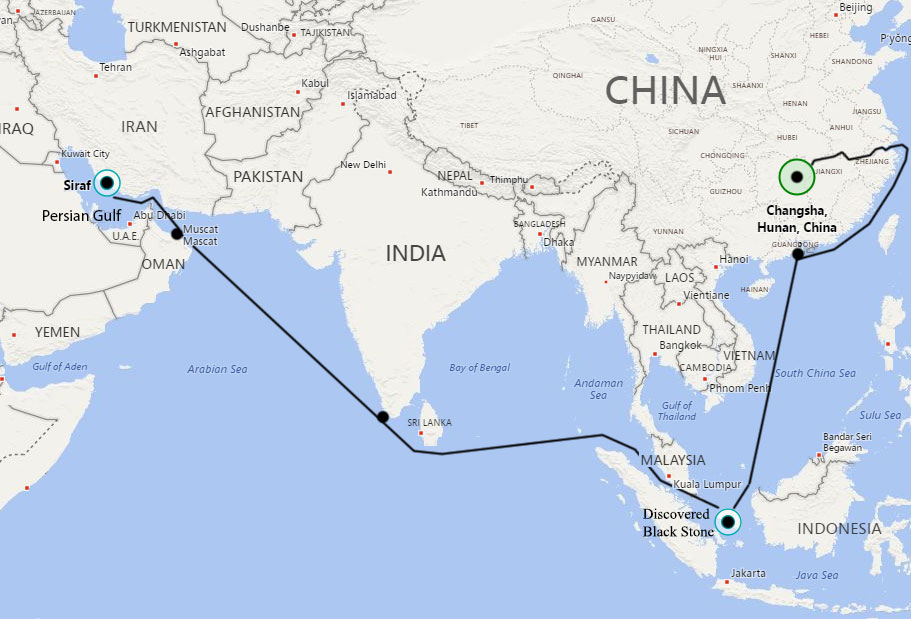
Figure 1. Location of Black Stone Shipwreck
In 1997 fishermen just in the north of the port of Tanjung Pandan on the Indonesian island of Belitung, discovered the Black Stone Shipwreck. From their fishing nets they found many Chinese products. This allowed archeologists to get a close fix on the date that the ship might have sailed. In this case the ship contained many Chinese goods obviously were coming from China because the handicraftsmen had written on an item about the location of kiln that it is clear those products have come from Hunan [3]. And related to the date of production, one of the Changsha bowl inscribed with a date: "16th day of the seventh month of the second year of the Baoli reign", equal by 826 AD (Figure 2), later confirmed by radiocarbon dating [4]. The date confirmed that Changsha pottery was only produced during the later years of the Tang Dynasty (AD 618-906).
Now because of this discovery Changsha Kiln became a well-known ceramic kiln in the world with its typical under-glazed polychromatic painting, poetic decoration as well as its creative design for overseas markets.
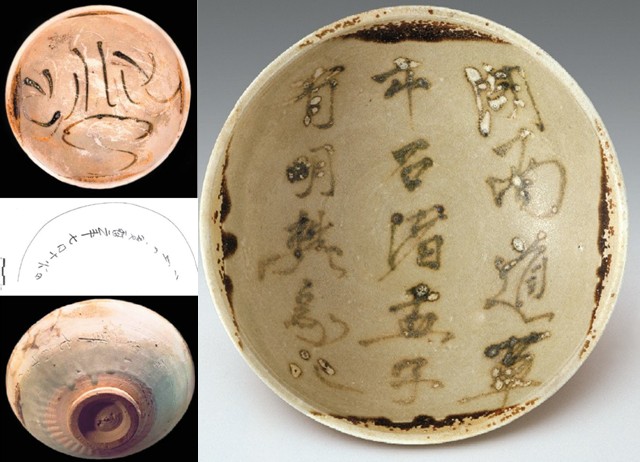
Figure 2. Left, Bowl proof the date Right, bowl proof the location of production.
2. Markets of Changsha kiln
Changsha kiln is the famous export porcelain kiln which had reached to its peak in Tang Dynasty (618-907 AD). Changsha kiln is also called Tongguan Kiln which is located in the Shi Zhuhu area Wangcheng countryside of Changsha city in Hunan Province. This kiln mainly fired underglaze color and printing decals porcelain, with decoration craft of Chinese painting, calligraphy, sculpture as well as local flavor of central Asia, west Asia, Islam pattern and Buddhist pattern. All kinds of ceramic products were including molded figures, as well as pots, jars and dishes of all shapes and decorations.
Tang ceramics have been found in south-east Asia, the Indian subcontinent, Sri Lanka, the Indus Valley, Siraf port in the Persian Gulf, around the Red Sea, and Samarra the Abbasid capital (Through the Basra port in the Persian Gulf), and as far west as old Cairo in Egypt, and Antioch on the Syrian coast, and as far south as the Comoros Island and Zanzibar.
That time the fine Chinese pottery wares could be developed for the luxury market [5]. Huge quantities of them came to the Middle East directly through the trade. In this paper we want to know more about the Changsha kiln product market in Persia, therefore we make research question here about Black Stone market, that Where Was the Destination of Black Stone Shipwreck?
3. Method
Above study shows clearly the Black Stone was coming from China, but it is not clear that Chinese has made these products for whom, because of this we have propounded this question that “Where Was the Destination of Black Stone Shipwreck?” now in this study we have specified to look for products of Black Stone Shipwreck as we have realized some of items have alive creature patterns such as Pigeon and also there was some earthenware toys out of fired clay with form of animals therefore we are sure the destination of ship was Persia. Here we have traced to explore the destination of the discovered products of this sunken ship, therefore based on that we make this hypothesis that because of the design and patterns the cargo were obviously produced for the Persia in light of their exotic design styles.
For this aim we used discovered products of the sunken ship, to find similar products in Iran and analyze their designs to shout the truth of our hypothesis here.
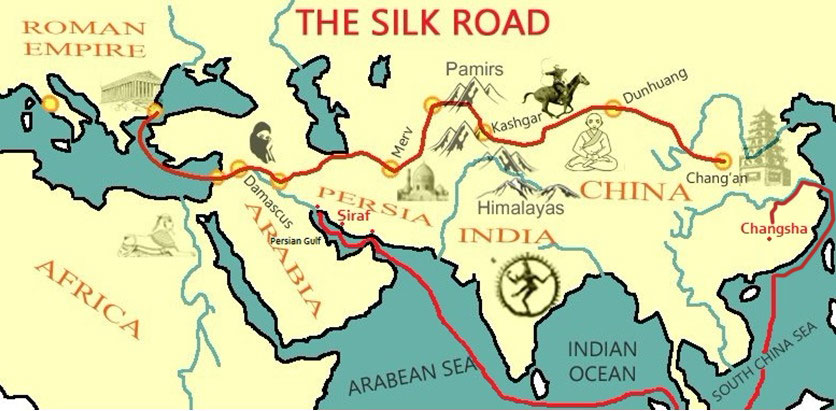
Figure 3. The Silk Road
4. Discussion
In this research we have become eager to find similar products of Black Stone cargo in Iran. For this aim we have visited many museums and gone through book resources to find a good result.
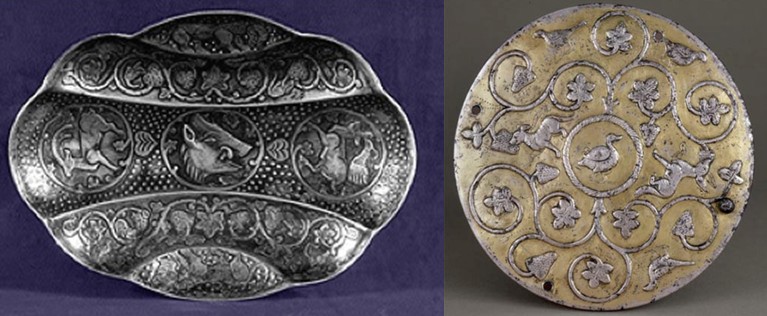
Figure 4. Left, Lobed Persian Sassanid bowl. Right, Sassanid Product
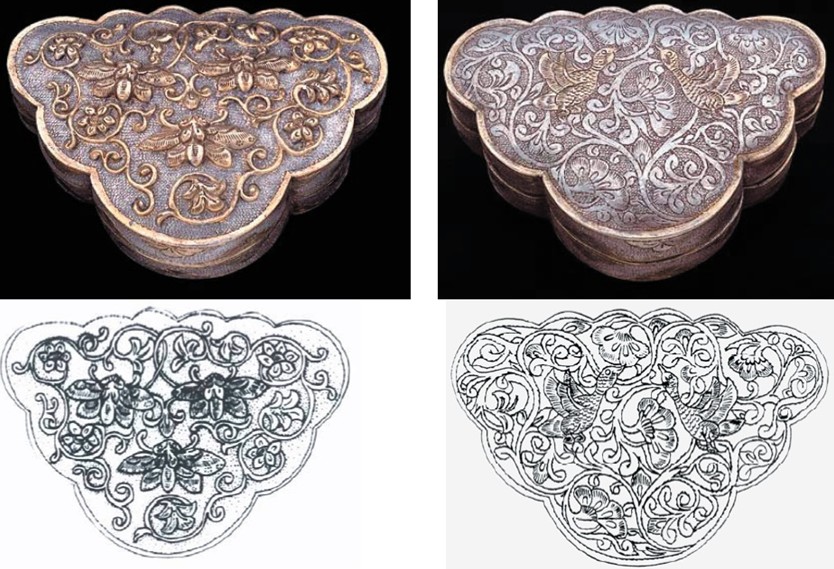
Figure 5. Box founded in the cargo of Black Stone
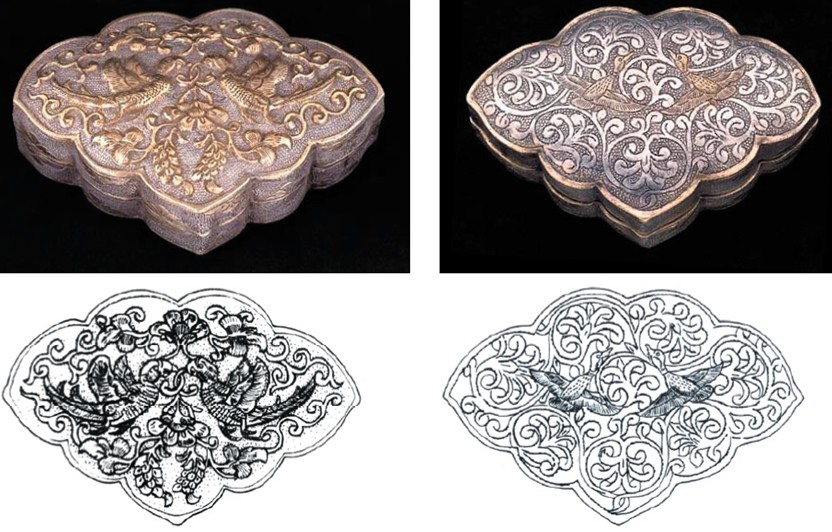
Figure 6. Box founded in the cargo of Black Stone
As first evidence we talk about lobed Sassanid bowl (Figure 4) which has similarity with two items of Black Stone (Figure 5& 6) which we see blurring of the borders in these products are same. Both Sassanid and Black Stone items display the same techniques of arabesque and use almost same identical decorative motifs with only more “localized” motifs defining Chinese and Sassanid origins (the duck on the Black Stone items and hunting quarry animal figures on the Sassanid bowl). Since the Sassanid bowl was belong to the time before the Black Stone items, and Sassanid was obviously the influence, because Chinese handicraftsmen wanted to send items to Persia and for this reason they applied Persian taste and flavor on their products.

Figure 7. Left, Broken part of a bowl from Iran, 8th Cent. A.D. Right, Plate founded in the cargo of Black Stone
In the second case we mention to the similar technique of painting under glaze with engraved waved lines which has been used in the broken part and on the item of Black Stone in figure 7, here this evidence shows that the broken part might be made by Chinese.
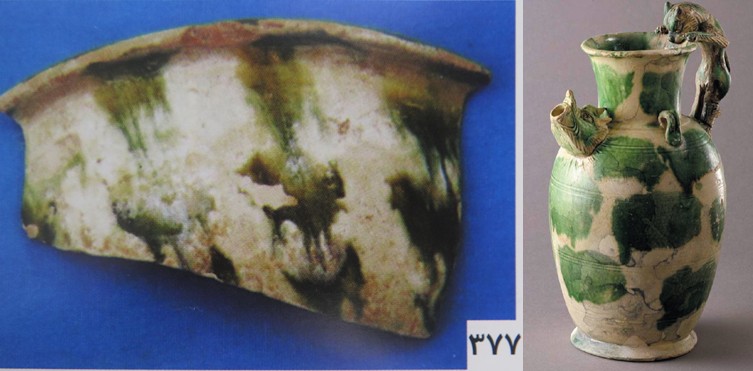
Figure 8. Left, Broken part of a bowl from Iran, 8th Cent. A.D. Right, Jug founded in the cargo of Black Stone
In the next case we mention to the similar technique of green and yellow under glaze which has been used in the broken part of the bowl (in figure 8 Left) and the items of Black Stone (Figures 8 Right & 9 Right), here this evidence shows that the broken part might be made by Chinese but we are not sure because it may be cautiously suggested that not only the Chinese get the idea of using cobalt from Persia but also they have got the idea of underglaze painting from Persians. The Persian potters of Kashan and elsewhere have been using the underglaze technique for more than a century before Chinese began to do so, and they used cobalt blue for their designs [6 & 7]. And since the product in figure 8 Left, is similar to the production of Shush, the product in figure 9 Left, is similar to Gorgan pottery, the product in figure 10, is similar to the production of Ray in Iran. And since Iranian archeologists have discovered many imported Chinese product in Iran in the cities of Shush, Rey, Siraf, Gorgan & Nishapur, therefore we are not sure that these products are made by Chinese or Persians, but because of similarity between the Broken part wares and products of Black Stone we can here think about the possibility of this idea that the cargo of Black Stone was going to Persia.
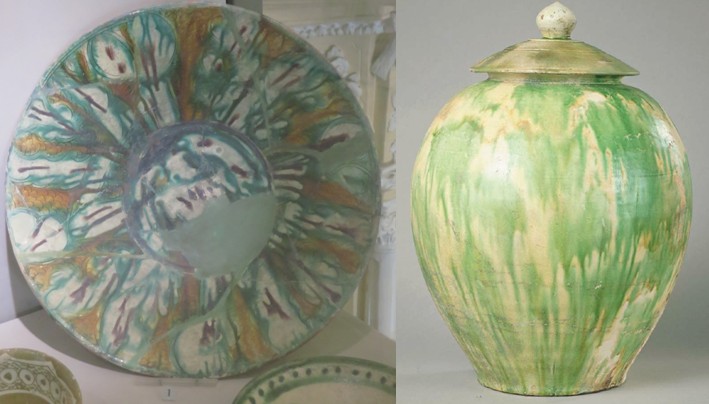
Figure 9. Left, Plate from Iran, 9th Cent. A.D. Right, Jar founded in the cargo of Black Stone
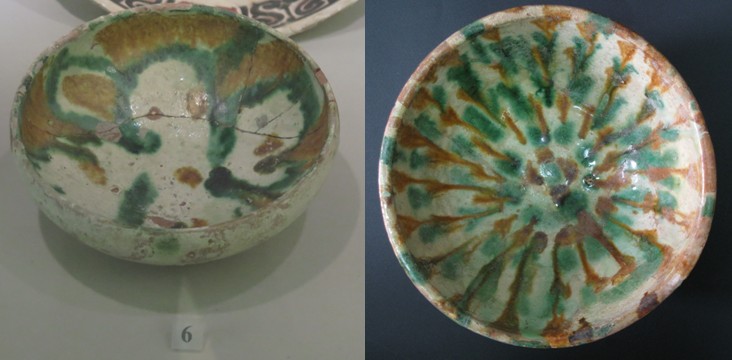
Figure 10. Bowls from Iran, 9th Cent. A.D.

Figure 11. Left, Plate from Iran, 8th Cent. A.D. Middle, Sassanid tray 5th-6th Cent. A.D. Right, Abbasid Dynasty

Figure 12. Bowls founded in the cargo of Black Stone
In another case we have founded a similarity between the Persian trays (Figure 11) and Bowls founded in the cargo of Black Stone, which they present a bird that from front side head has turned to the right and is looking to the Right side with one open eye and two open wings. This evidence can be very important to proof that the destination was Persia.
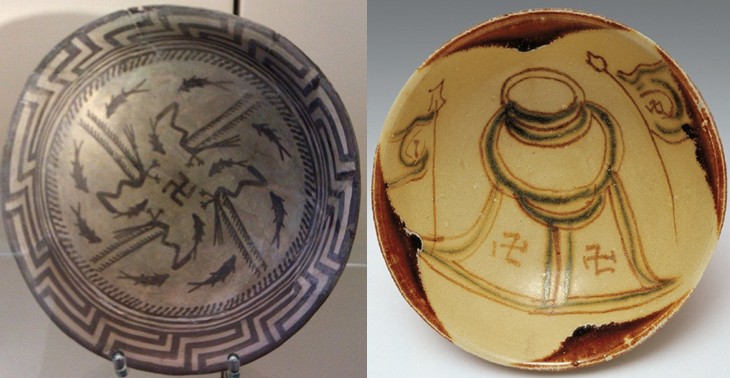
Figure 13. Left, The Samarra bowl, Sumerian (ca. 4000 BC) Right, Bowl founded in the cargo of Black Stone
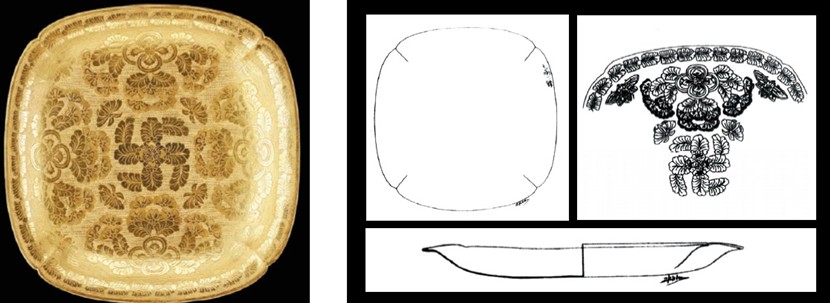
Figure 14. Golden plate founded in the cargo of Black Stone
Next case related to the important sign of Swastika has been seen on the products of cargo of Black Stone, and this sign is an old sign of Sumerian (Persian primogenitor in Mesopotamia). Swastika was a favorite symbol on ancient Mesopotamian coinage, and the Achaemenid Empire has spread this sign to the Persian territory. But since later on this sign was related to Persian culture and Hinduism, Buddhism, Jainism therefore we can make sure that the destination of this cargo was not the Arabia and destination could be Persia or India.
In another case we talk about the ‘Dice’ which has been founded in the cargo of this sunken ship and since it is related to the Persian game, we can suppose that the destination was Persia, because, the oldest known dice was excavated as part of a 5000-year-old backgammon set at the Burnt City, an archeological site in south-eastern Iran [7]. It has shown that a board race game existed there around 3000 BC. The artifacts include two dice and 60 checkers, and the set is believed to be 100 to 200 years older than the Royal Game of Ur. On the board found at Burnt City the fields are fashioned by the coils of a snake [8&9].
Dice with multiple resting positions, used for generating random numbers. Dice is suitable as gambling devices for games therefore because of the rules of Islam that gambling is forbidden, we are sure the destination was not Arabia.
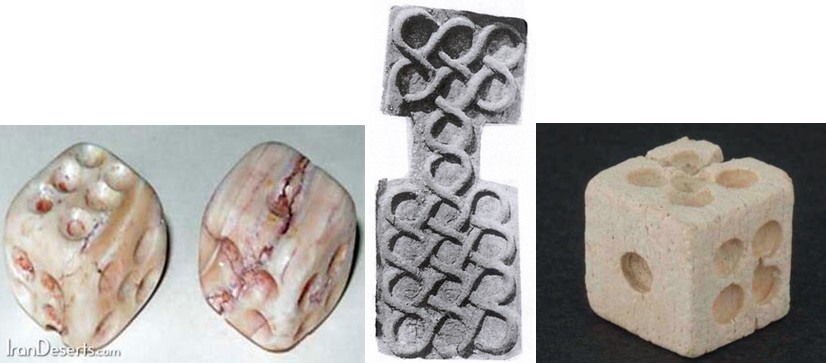
Figure 15. Left & Middle, Dice & Backgammon, Persia, The Burnt City (ca. 3000 BC) Right, Dice founded in the cargo of Black Stone
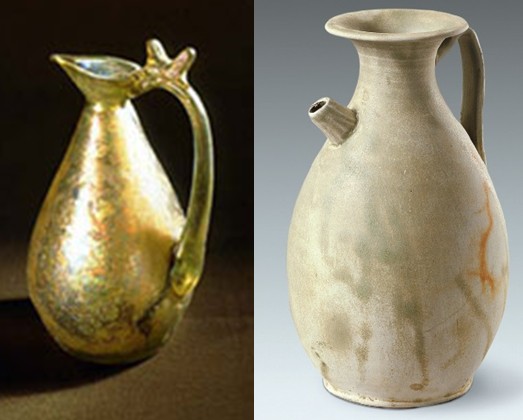
Figure 16. Left, Sassanid jug Right, Jug founded in the cargo of Black Stone
In the next step we can talk about the similarity of products in the figure 16 which shows that originally the form of Jug founded in the cargo of Black Stone has come from Persian Sassanid Dynasty. This shows Changsha handicraftsmen have made this product for Persian need.
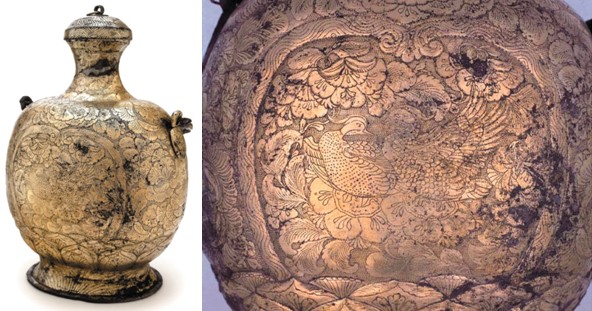
Figure 17. Golden jug founded in the cargo of Black Stone
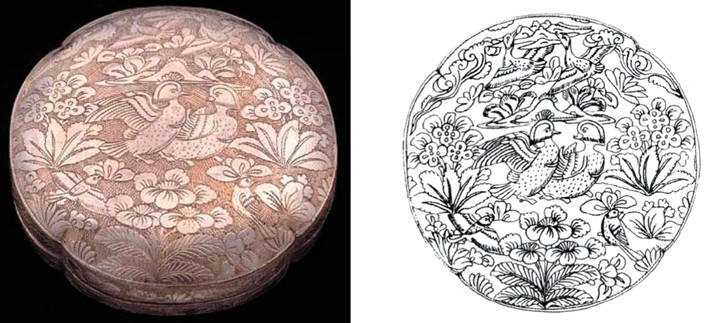
Figure 18. Golden box founded in the cargo of Black Stone
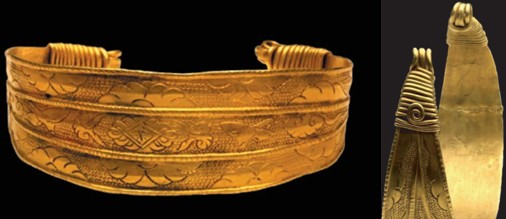
Figure 19. Jewelry founded in the cargo of Black Stone
Products of figure 17, 18 & 19 founded in the cargo of Black Stone present the similarity of being Indian and Persian.

Figure 20. Pikes (Spades) pattern on Persian art and architecture
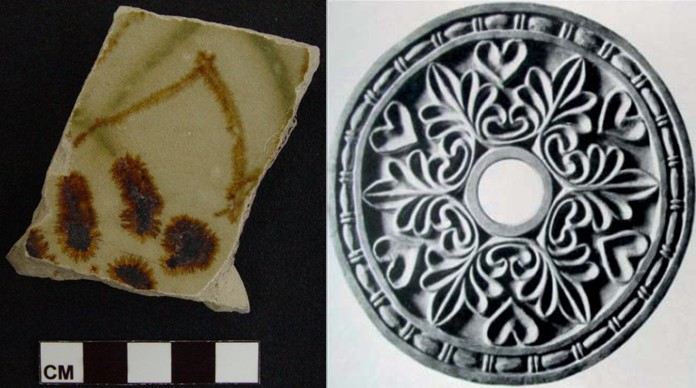
Figure 21. Left, Pikes (Spades) pattern on broken Changsha Kiln Ware, 8th Cent.(mid)-10th Cent. , discovered in South Iran, Siraf, British Museum. Right, decorative art object, Tisfon palace, Persian Sassanid Empery, 3nd Cent. A.D.

Figure 22. Bowls founded in the cargo of Black Stone
In the next case, we can look at the Pikes (Spades) shape which has tied to Persian patterns (Figure 20&21 Right) and similarities between figures 20 and 22 shows a meaningful relation between the products of Black Stone with this Persian pattern, and since there is a founded broken Changsha Kiln Ware with the pattern of spades, therefore we are sure the destination of this cargo was Persia.
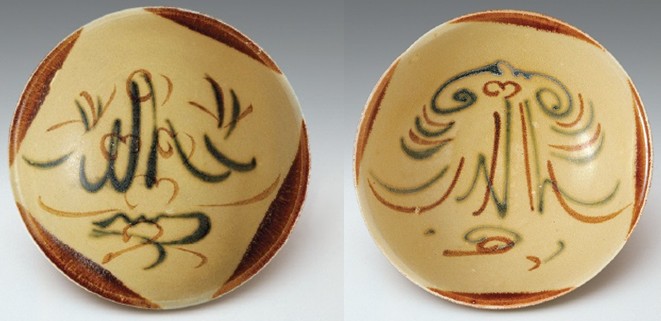
Figure 23. Bowls founded in the cargo of Black Stone
Another case has shown an evidence related to the calligraphy of Allah written on bowls founded in the cargo of Black Stone which is related to the cultural belief of the Arabian and Persian (after Sassanid) regions. Chinese treated the calligraphy of Allah as a visual form and used it in their own pottery in a graphical line. This evidence shows Arabia or Persia was the destination of Black Stone cargo.

Figure 24. Toys founded in the cargo of Black Stone
We are sure the destination of ship was not Arabia because of their belief of avoiding to use pattern or sculpture with the form of alive creatures, animals, especially human form which is part of the rule of their religion Islam that using them would be considered as idols and is forbidden which in the last religion of Arabs before Islam worshiping idols was part of the ritual of them . Because of this evidence we are sure toys founded in the cargo of Black Stone were going to Persia or India but not to Arabia.
Now for presenting the result of this research we have placed all the evidences on a graph.
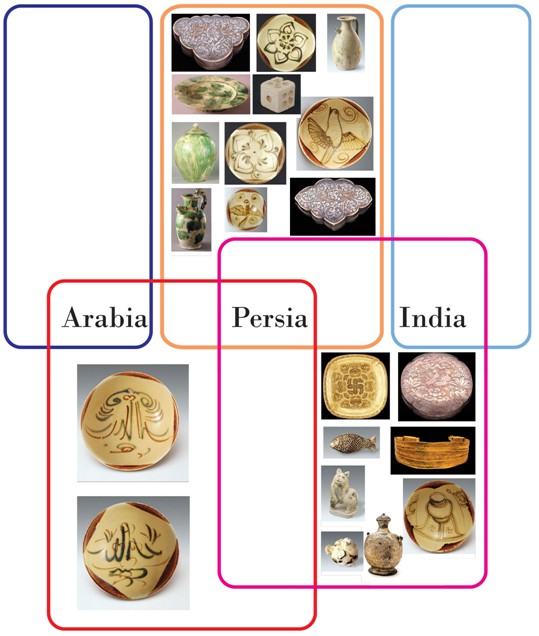
Figure 25. Evidences show the destination of the Black Stone cargo
5. Conclusions
Here we have tried to explore the destination of the discovered products of this Black Stone sunken ship and we made this hypothesis that because of the design and patterns the cargo of Black Stone was obviously produced for the Persia in light of their exotic design styles.
For this aim, we have traced the evidences which we found in this research on the graph (Figure 25) that proof the Black Stone was carried the cargo to Persia, This context of understanding is not limited only to the above evidences, as there are probably more proof showing same result. Therefore based on this study we can strongly tell that our hypothesis is true.
This study shows wide range of trade between Persians and Chinese. This paper provides a glimpse of the commercial relationship within the Persians and the significant role that Chinese have played in the advancement of production for exportation.
And because of these reasons John W. Garver, Professor of International Affairs at the Georgia Institute of Technology, concluded that, China and Iran shaped their perceptions and power projection through cultural interactions and thus, paved the road for their cooperation and friendship [10]. In fact, this is also the contemporary history of friendly relations between accumulation and foundation [11].
Reference
[1] Wood, F. (2004). The Silk Road: Two Thousand Years in the Heart of Asia. Berkeley: University of California Press.
[2] Glenister, R. (2009) ‘SECRETS OF TANG TREASURE SHIP: ABOUT’. National Geographic Channel. 2009. Retrieved 8 July 2011. http://natgeotv.com/asia/secrets-of-the-tang-treasure-ship/ accessed in May 2015.
[3] Wade, G.. (2003) ‘The Pre-Modern East Asian Maritime Realm: An Overview of European-Language Studies’. Working Paper Series , Asia Research Institute, National University of Singapore. No. 16: 20.
[4] Scott, R. (2011) ‘The treasure trove making waves’. BBC News. 18 October 2008. Archived from the original on 8 July 2011. Retrieved 15 February 2011.
[5] Crowe, Y.(1976) “The Islamic Potter and China,” Apollo, April 1976, pp. 296-301.
[6] Watson, O. (2010) Mutual Influence of Chinese and Persian Ceramics, Encyclopaedia Iranica, Originally Published: December 15, 1991, Last Updated: October 17, 2011, http://www.iranicaonline.org/articles/chinese-iranian-xi/ accessed in May 2015.
[7] "presstv.ir". presstv.ir. April 11, 2007. Archived from the original on June 20, 2007. Retrieved 2012-06-18.
[8] Schädler, Dunn-Vaturi, Ulrich, Anne-Elizabeth. "BOARD GAMES in pre-Islamic Persia". Encyclopædia Iranica. Retrieved 2010-05-07
[9] "World's Oldest Backgammon Discovered In Burnt City". Payvand News. December 4, 2004. Retrieved 2010-05-07.
[10] Garver, J. (2007). China and Iran: Ancient Partners in a Post-imperial World. Seattle: University of Washington Press.
[11] Liu, J. and Wu L. (2010) Key Issues in China-Iran Relations, Journal of Middle Eastern and Islamic Studies (in Asia) Vol. 4, No. 1
[12] [http://www.gotheborg.com/glossary/changsha.shtml/ accessed in May 2015.
[13] http://www.dynastyantique.com/ebay/html/changshakiln.html/accessed in May 2015.
[14] http://ngm.nationalgeographic.com/2009/06/tang-shipwreck/worrall-text/2/ accessed in May 2015.
![]()
© 2015 by the authors.
Submitted for possible open access publication under the
terms and conditions of the Creative Commons Attribution (CC BY) license
(http://creativecommons.org/licenses/by/4.0/).